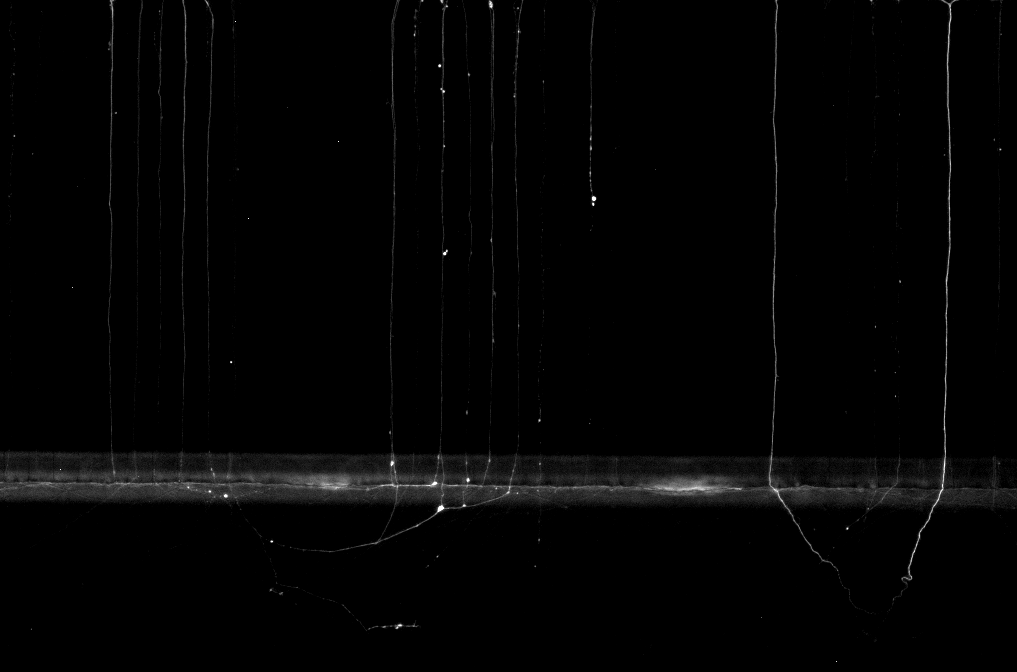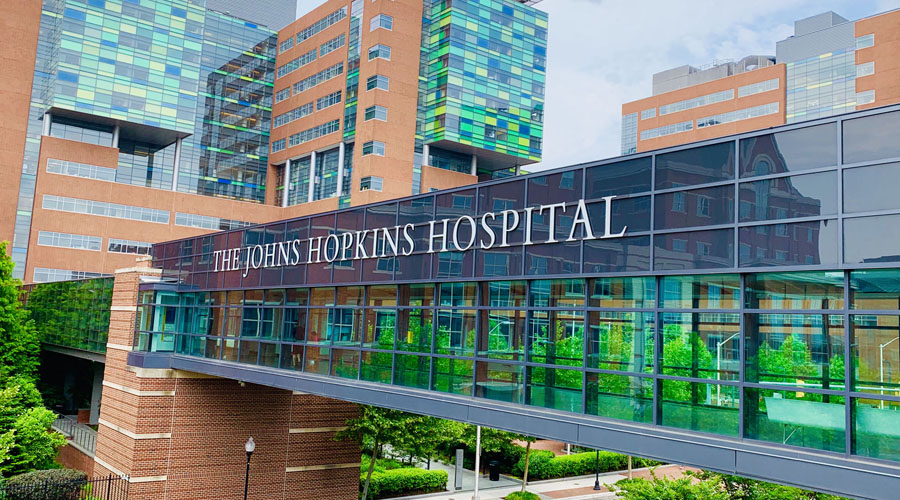Welcome to The Koliatsos Lab!
Research Interests
Founded in the late 1980s, our Lab explores the fundamental mechanisms of neural responses to traumatic and degenerative signals and works to identify targets for treating injury/degeneration with small molecules, peptides and cells. We currently focus on traumatic and degenerative axonopathies as they occur in traumatic brain injury (diffuse axonal injury), neurodegenerative diseases i.e. Alzheimer’s disease and other white matter conditions, e.g. hypoxic ischemic encephalopathy, demyelination. We are especially interested in the role of the MAPK cascade of injury, NAD metabolism and SARM1 signaling and their convergence on Wallerian degeneration.
Our History
- In the 90s, we led efforts in defining molecular mechanisms of neuronal survival and repair based on trophic peptide signals and signals related to programmed cell death (apoptosis)
- We were part of the legacy of Don Price that made breakthrough discoveries in mechanisms of neurodegenerative diseases, primarily Alzheimer’s disease (AD) and Amyotrophic Lateral Sclerosis (ALS)
- In the early 2000, we explored the role of stem cells in neural repair, focusing on stem cell transplants as well as endogenous niches. We found a more or less universal regenerative responsiveness of the nervous system, including regions previously though to lack growth signals. Some of this work prompted the first clinical trial of stem cell therapy in a major neurodegenerative disease (ALS)
- We have recently turned to complex models of neurotrauma. With colleagues at the Applied Physics Laboratory (APL) we developed a mouse model of blast injury to brain and determined key factors in pathogenesis, including traumatic axonal injury and the role of vascular factors
- We also developed and characterized a mouse model of mild TBI based on impact acceleration and characterized some unique features of diffuse axonal injury in the brains of veterans with blast histories
- Our present emphasis is mechanisms of chronic TBI, especially traumatic axonopathy and its transsynaptic effects and effects on abnormal protein processing (proteinopathy). We also explore small-molecule and therapeutics for diffuse axonal injury based on Wallerian degeneration pathways
- We view trauma not only as an important biological/clinical problem in and of itself, but also a model to better understand neurodegeneration in the course of Alzheimer’s disease and related neurodegenerative dementias (ADRD) and we are putting together models to explore the transition from TBI to ADRD

Time lapse of fluorescent axons distally to laser axotomy showing Wallerian degeneration over 16 hours.
Our Funding
Work mentioned here has been funded by federal, state and other sources, primarily via NIA 2 P50 AG 05146, NIA 1 R35 AG 07914, NIA 1 P01 AG 10480, NINDS 5 P50 NS 20471, NINDS 2 R01 NS 10580, NIA 2 P50 AG 051461, RO1 NS 37145, NIA 3 P50 AG 05146, 1 RO1 AG 16263, R21MH064757, 1 R01 NS045140, R21MH3083792, 1 R01 EY028039, 1 R01 NS114397, and funds from Maryland Technology Development Corporation, American Health Assistance Foundation, Muscular Dystrophy Association, Congressionally Directed Medical Research, US Army MRDC, a Hopkins Discovery Award, the Kate Sidran Family Foundation and the Spyros N. Lemos Memorial Fund.



